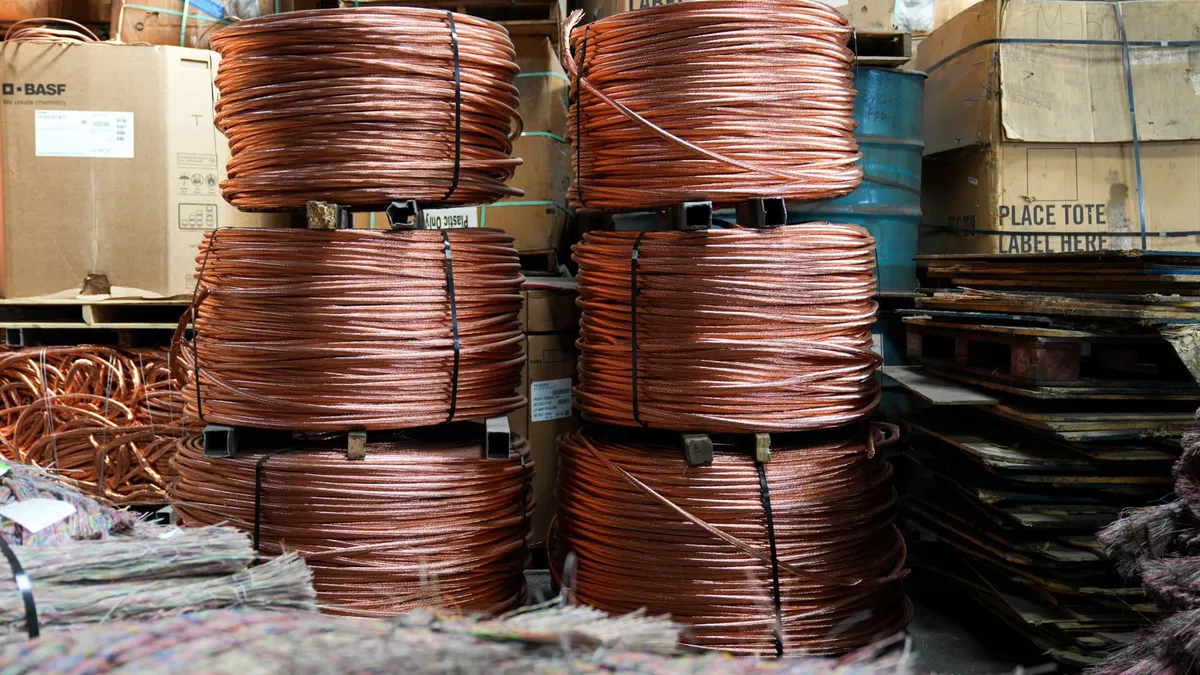
On Wednesday, U.S. President Donald Trump declared that a 50% tariff on copper imports will take effect on August 1, 2025. This significant decision follows a comprehensive national security assessment, which Trump discussed in a post on his platform, Truth Social. In his announcement, he emphasized the critical role of copper in various industries, stating, "I am announcing a 50% TARIFF on Copper, effective August 1, 2025, after receiving a robust NATIONAL SECURITY ASSESSMENT."
Copper is an essential material used in a wide range of applications, including semiconductors, aircraft, ships, ammunition, data centers, lithium-ion batteries, radar systems, missile defense systems, and even hypersonic weapons. Notably, copper ranks as the second most utilized material by the Department of Defense.
Following Trump's announcement, copper prices experienced a surge of 2.62%, building on a substantial increase of 13.12% from the previous trading session, marking the best single-day performance for copper since 1989. However, the three-month benchmark copper futures on the London Metal Exchange fell by 1.63%, settling at $9,630.50 per ton as of 9:20 a.m. Singapore time. This decline reflects the widening price gap between U.S. copper and prices in other markets.
According to Benchmark Mineral Intelligence, U.S. consumers could face prices of approximately $15,000 per metric ton for copper by August, while the global price is anticipated to remain around $10,000. This disparity is expected to intensify as the tariff takes effect.
Adam Whiteley from BNY Investments discussed the implications of Trump's announcement on CNBC's Squawk Box, highlighting its role in the administration's broader trade policy aimed at protecting national interests. He categorized copper tariffs as part of a national security strategy, alongside measures to address trade imbalances and negotiate favorable terms with global partners.
Copper is recognized as the third-most-consumed metal globally, trailing behind iron and aluminum. The U.S. relies heavily on imports for its copper needs, with nearly half of its usage sourced from Chile, as reported by the U.S. Geological Survey. Looking ahead, British multinational research firm BMI forecasts a steady increase in global copper mine production, projecting an average annual growth rate of 2.9% from 2025 to 2034. Annual output is expected to rise from 23.8 million metric tons in 2025 to 30.9 million metric tons by 2034.
Earlier in the week, U.S. Commerce Secretary Howard Lutnick indicated on CNBC's Power Lunch that the Trump administration aims to boost domestic copper production. He noted that the new copper tariffs would align with existing U.S. duties on steel and aluminum, which were also raised to 50% in early June. Despite these efforts, experts caution that ramping up domestic production could take years, if not decades, to fully meet demand.
As the situation develops, it remains crucial for stakeholders in the copper market to monitor the effects of these tariffs on both domestic and global supply chains.